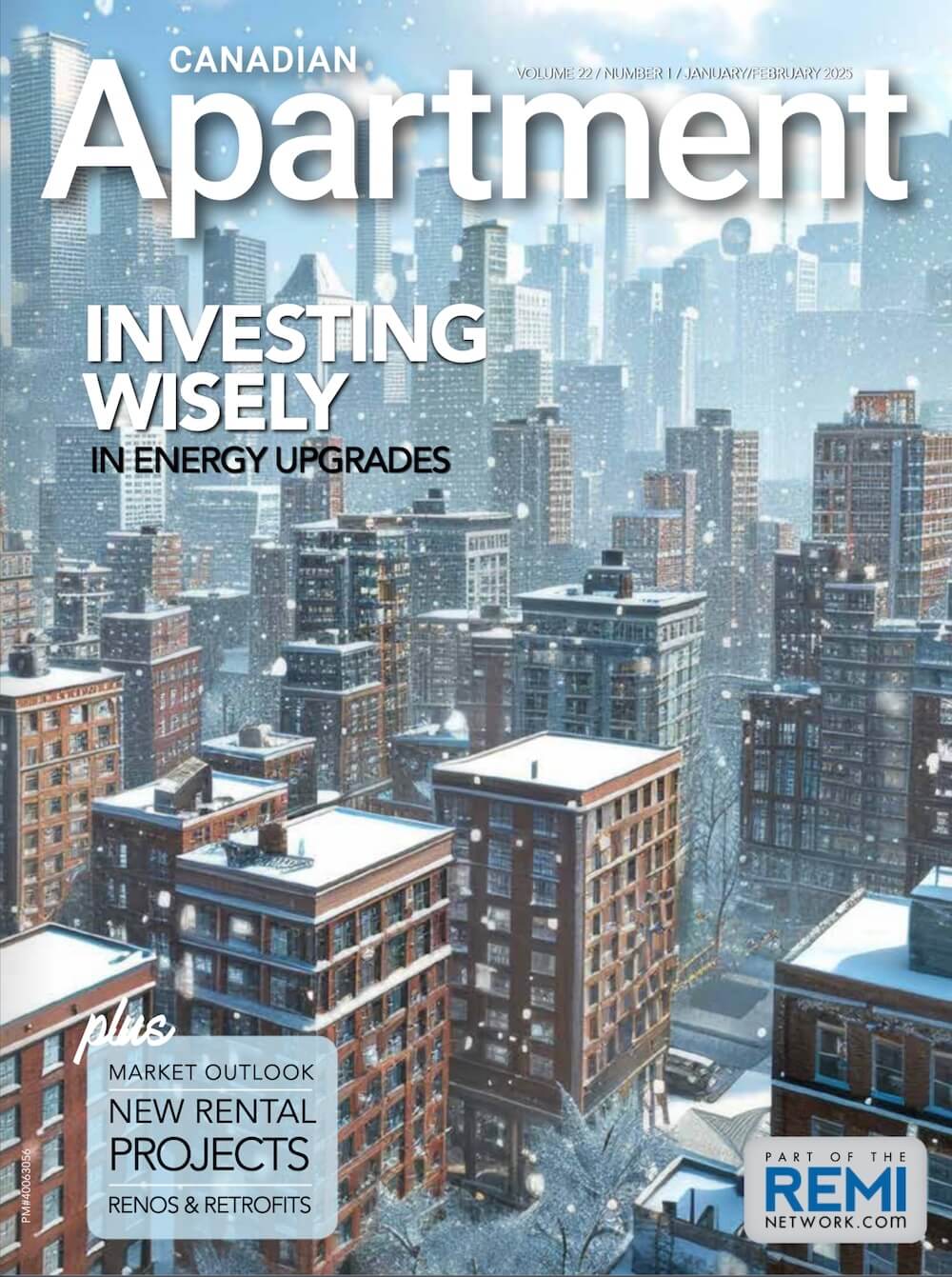Between rising interest rates and uncertainty in the marketplace, high costs and compliance issues, the real estate business can be tough. Most real estate owners and operators know they need insurance coverage to protect them, but they may not understand the risks or the nuance of the coverage. That’s when the real trouble starts. Circumstances change, an earthquake strikes, and suddenly there’s a damaged building with no funds to cover the repair – or worse.
Many real estate owners and operators have no idea there might be potential issues with their coverage. They don’t know what to watch out for or which questions to ask. Most of the time, mitigating these risks is less about appropriate insurance coverage and more about being aware.
There are a number of potential issues, but here are the most common gaps for real estate owners and operators:
1. Vacant properties. The line between unoccupied and vacant is very thin, but it’s crucial. Vacant properties have a higher incidence of vandalism and undiscovered damage, so insurers may have vacancy exclusions. Once your property has been empty for 30 or 60 days, insurers may reduce or eliminate coverage altogether, often with no warning.
Solution: Learn what your insurer requires to maintain a property as “unoccupied” rather than “vacant,” and follow those guidelines to maintain coverage. Some policies include a “protective safeguard endorsement” requiring building owners to maintain certain standards, such as performing daily visits to the building, running sprinklers in the summer and maintaining appropriate heating in the winter, in order to maintain the “unoccupied” status.
2. Roof value. Insurers prefer to offer coverage to real estate owners and operators who take care of their properties. If you have an older roof, you may attract more scrutiny from insurers during the underwriting process.
Solution: Real estate business owners should replace any roof that is more than 15 years old to secure better rates at renewal time.
3. Percentage deductibles. Percentage deductibles have become so commonplace that many real estate owners and operators haven’t given this structure enough thought. These deductibles normally apply to some kind of catastrophic weather, such as earthquake or hail, and they cover the listed value after you pay the minimum.
Solution: Like many real estate owners and operators, you likely have this as part of your policy. Be sure you understand what your deductible is so you can plan for it; 10% of a $20 million building is still $2 million. It’s a good idea to set aside some emergency money to cover that deductible.
4. Multiple insurers. Depending on how you created your insurance program, you may have policies from several insurers, layering the policies to ensure adequate coverage. However, this strategy is unnecessarily complicated. Even worse, it becomes expensive.
Solution: Consolidate your risk with a single insurer wherever possible. As the value of your property increases, your rates will go down. Work with a broker who is an expert in real estate coverage to guide you and ensure adequate protection.
5. Executive liability. Many real estate businesses are limited liability corporations (LLCs), which may also require additional coverage that owners may be less familiar with, such as Directors and Officers (D&O) insurance or employment practices liability insurance (EPL).
Solution: Many people mistakenly believe that D&O and EPL policies will cover anything that crops up, but insurers will confirm and exclude any claims from the past from the start. Don’t expect these claims to bail you out from past issues, but do make use of them going forward.
Making sense of the insurance landscape
Unfortunately, many business owners simply don’t understand their insurance programs – or how much risk they still have to balance, even with their policies in place. In the end, though, the key to managing coverage gaps is through awareness. And while many real estate owners are experts in real estate, they aren’t often insurance experts as well. Work closely with an expert advisor or broker to review all policies and ensure you truly understand what’s at stake.
Drew Fenton is the real estate practice leader for global insurance brokerage Hub International in Toronto.






